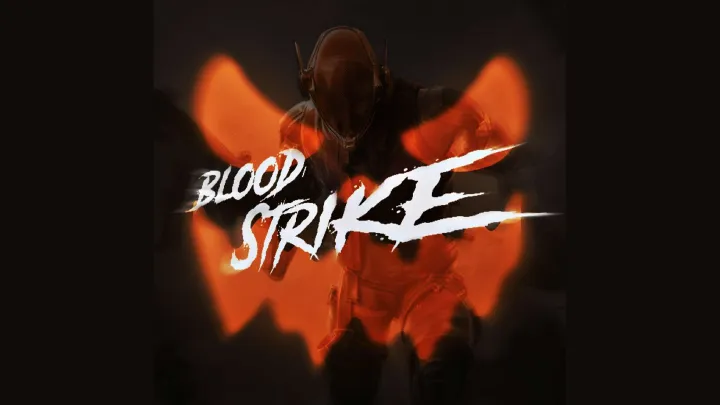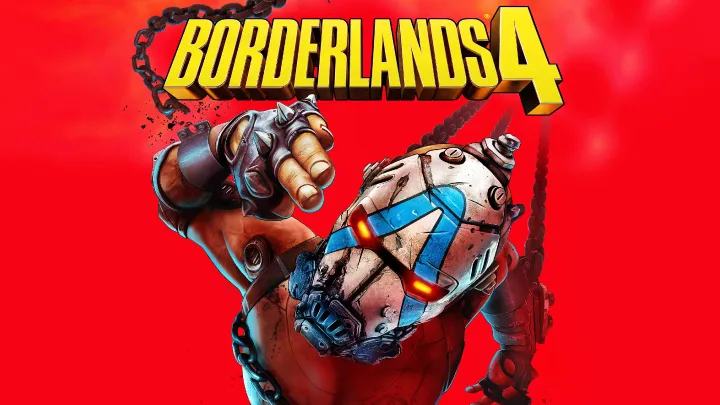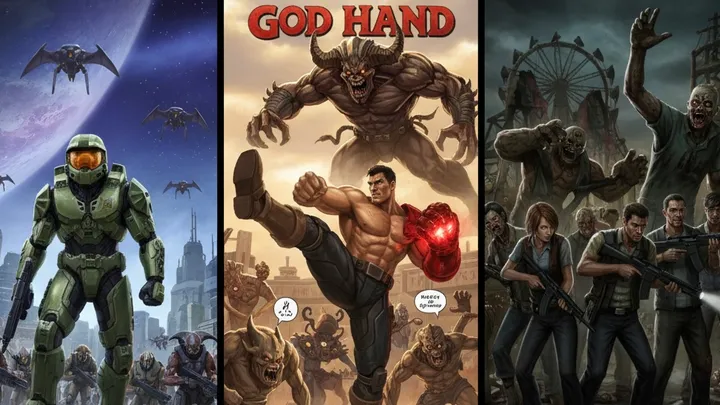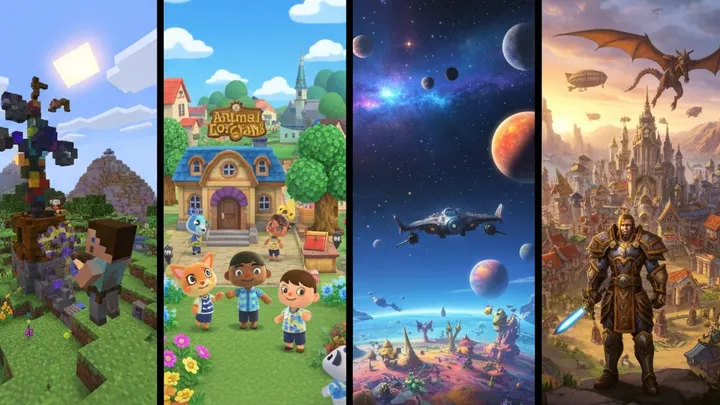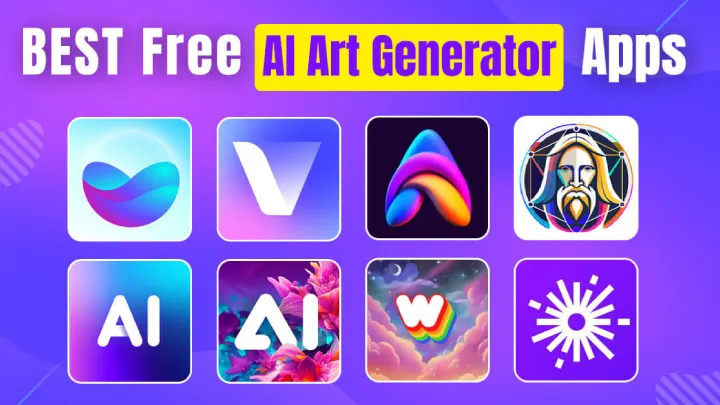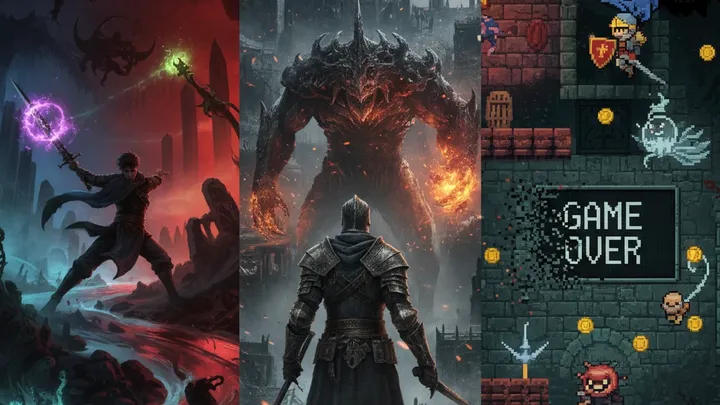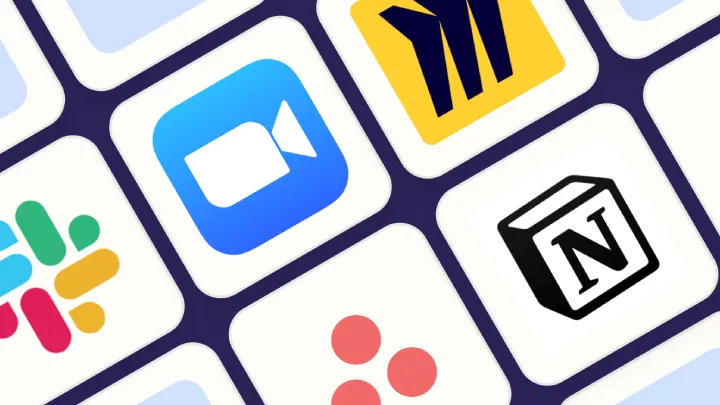Dota 2 is one of the most complex and rewarding competitive games in the world. With over 120 heroes, thousands of item combinations, and a constantly evolving meta, mastering Dota 2 requires more than just mechanical skill—it demands strategic thinking, adaptability, and deep game knowledge. Whether you're stuck in the MMR trench or aiming to reach Immortal rank, this guide breaks down the journey into 10 essential stages. Each section builds on the last, offering practical advice, mindset shifts, and tactical insights to help you improve your gameplay and climb the ranks.
- Understand Your MMR Bracket Improvement starts with self-awareness. Each MMR bracket in Dota 2 has distinct patterns, habits, and mistakes. Players in the 1K–3K range often struggle with basic mechanics, while those in 4K–5K face challenges in coordination and decision-making. Recognizing what holds you back in your current bracket is the first step toward progress.
Don’t blame teammates for losses. As a 6.3K MMR player noted, your bracket reflects your current skill level. Focus on what you can control—your own decisions, mechanics, and mindset.
Common Bracket Mistakes:
- Low MMR: Poor last hitting, bad positioning
- Mid MMR: Tunnel vision, lack of map awareness
- High MMR: Overconfidence, greedy plays
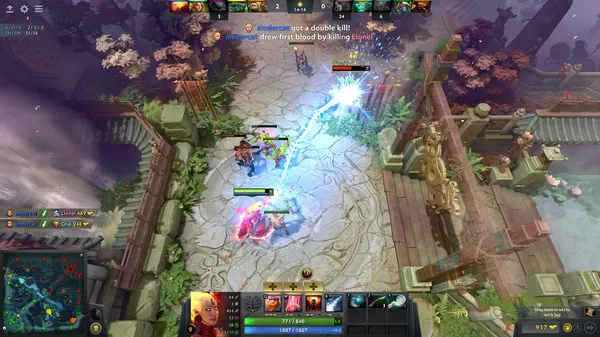
- Master the Fundamentals Before diving into advanced strategies, you must master the basics. This includes last hitting, denying, using the courier efficiently, and understanding creep equilibrium. These mechanics form the backbone of every successful game.
Spend time in bot matches or custom lobbies practicing last hits and denies. Learn how to manipulate creep waves to control lane positioning. These small details have a massive impact on your early game success.
Fundamental Skills to Practice:
- Last hitting under pressure
- Pulling and stacking camps
- Using TP scrolls for rotations
- Choose the Right Heroes Hero selection can make or break your climb. Instead of playing every hero, specialize in a small pool that suits your playstyle and role. Learn their matchups, item builds, and power spikes in depth.
Meta heroes are strong, but comfort picks often perform better. If you’re confident on a hero like Bristleback or Shadow Fiend, you’ll make fewer mistakes and have more impact. Avoid switching heroes every game—consistency breeds mastery.
Recommended Hero Pools:
- Safe Lane: Juggernaut, Lifestealer, Muerta
- Mid Lane: Storm Spirit, Death Prophet, Templar Assassin
- Offlane: Mars, Beastmaster, Centaur
- Support: Lion, Witch Doctor, Treant Protector
- Improve Your Laning Phase The laning phase sets the tone for the entire match. Winning your lane doesn’t always mean killing your opponent—it means securing farm, denying theirs, and applying pressure. Learn how to trade effectively, zone enemies, and use regen wisely.
Watch replays of high-MMR players in your role. Observe how they position, when they pull, and how they rotate. Laning is about tempo—control the pace, and you control the game.
Laning Tips:
- Use spells to secure ranged creeps
- Buy early regen and stick to avoid deaths
- Rotate only when it benefits your team
- Learn Efficient Farming Techniques Farming isn’t just about hitting creeps—it’s about maximizing gold and experience while minimizing risk. Learn how to farm jungle camps, stack neutrals, and use abilities to clear waves quickly.
Efficiency is key. Use farming patterns that keep you safe and close to objectives. Heroes like Anti-Mage and Alchemist thrive on farm, but even supports can benefit from smart farming during downtime.
Farming Patterns:
- Triangle farm for safe cores
- Lane + jungle rotation for tempo heroes
- Wave clearing for map pressure
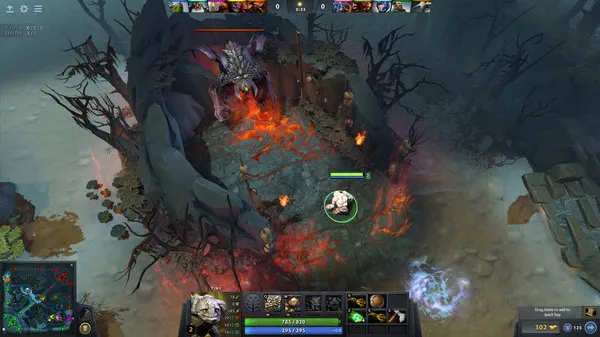
- Improve Map Awareness and Vision Map awareness separates good players from great ones. Constantly check the minimap, track enemy movements, and anticipate ganks. Place wards in high-traffic areas and deward aggressively.
Supports should prioritize vision, but every role benefits from map control. Use smoke ganks, scan, and observer wards to create opportunities. Vision wins fights before they happen.
Vision Tips:
- Ward enemy jungle after tower falls
- Use sentries to protect key objectives
- Track enemy supports for deward timing
- Master Teamfight Execution Teamfights are the climax of most Dota 2 games. Learn when to engage, how to position, and which targets to prioritize. Use BKBs, blink daggers, and ultimates with precision.
Communication is vital. Ping targets, call cooldowns, and coordinate spells. Watch pro matches to study teamfight flow—initiation, follow-up, and disengage. Practice makes perfect.
Teamfight Roles:
- Initiator: Mars, Tidehunter
- Disabler: Lion, Shadow Shaman
- Damage Dealer: Sniper, Lina
- Healer/Buffer: Dazzle, Oracle
- Adapt to the Meta and Patch Changes Dota 2’s meta shifts with every patch. New items, hero buffs, and map changes can drastically alter gameplay. Stay updated by reading patch notes and watching analysis videos.
Adapt your hero pool and item builds accordingly. If a hero like Muerta becomes dominant, learn how to counter or play her. Flexibility keeps you ahead of the curve and ready for any draft.
Meta Adaptation Tips:
- Follow pro tournaments for trends
- Use DotaBuff to track win rates
- Experiment in unranked before ranked
- Review Your Games and Learn from Mistakes Self-review is one of the most powerful tools for improvement. Watch your replays and identify mistakes—bad positioning, missed rotations, poor item choices. Take notes and set goals for your next match.
Use tools like Dota 2’s replay system or third-party platforms to analyze stats. Ask friends or coaches for feedback. Growth comes from reflection, not repetition.
Replay Review Checklist:
- Did I die avoidably?
- Was my farm efficient?
- Did I contribute in teamfights?
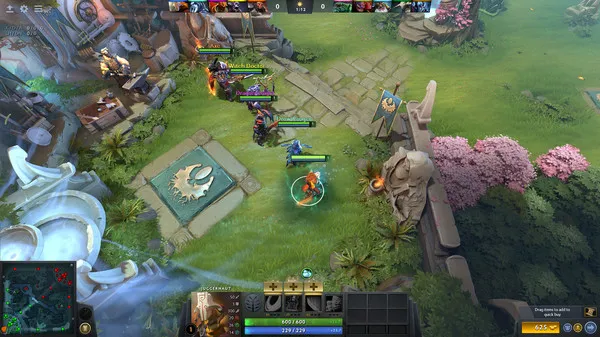
- Build a Winning Mindset Mindset matters. Stay calm during losses, avoid blaming teammates, and focus on improvement. Tilt leads to poor decisions and lost games. Treat each match as a learning opportunity.
Set realistic goals—climb 100 MMR this week, master a new hero, improve warding. Celebrate progress and stay consistent. Dota 2 is a marathon, not a sprint.
Mindset Tips:
- Mute toxic players early
- Take breaks after tough losses
- Track progress weekly
Conclusion Improving in Dota 2 is a journey of discipline, learning, and adaptation. By mastering fundamentals, choosing the right heroes, and refining your decision-making, you’ll climb the ranks and become a smarter, more impactful player. This guide offers a roadmap—from laning to teamfights, mindset to meta shifts. Whether you're aiming for Ancient or Immortal, the path to mastery begins with consistent effort and a willingness to learn.





